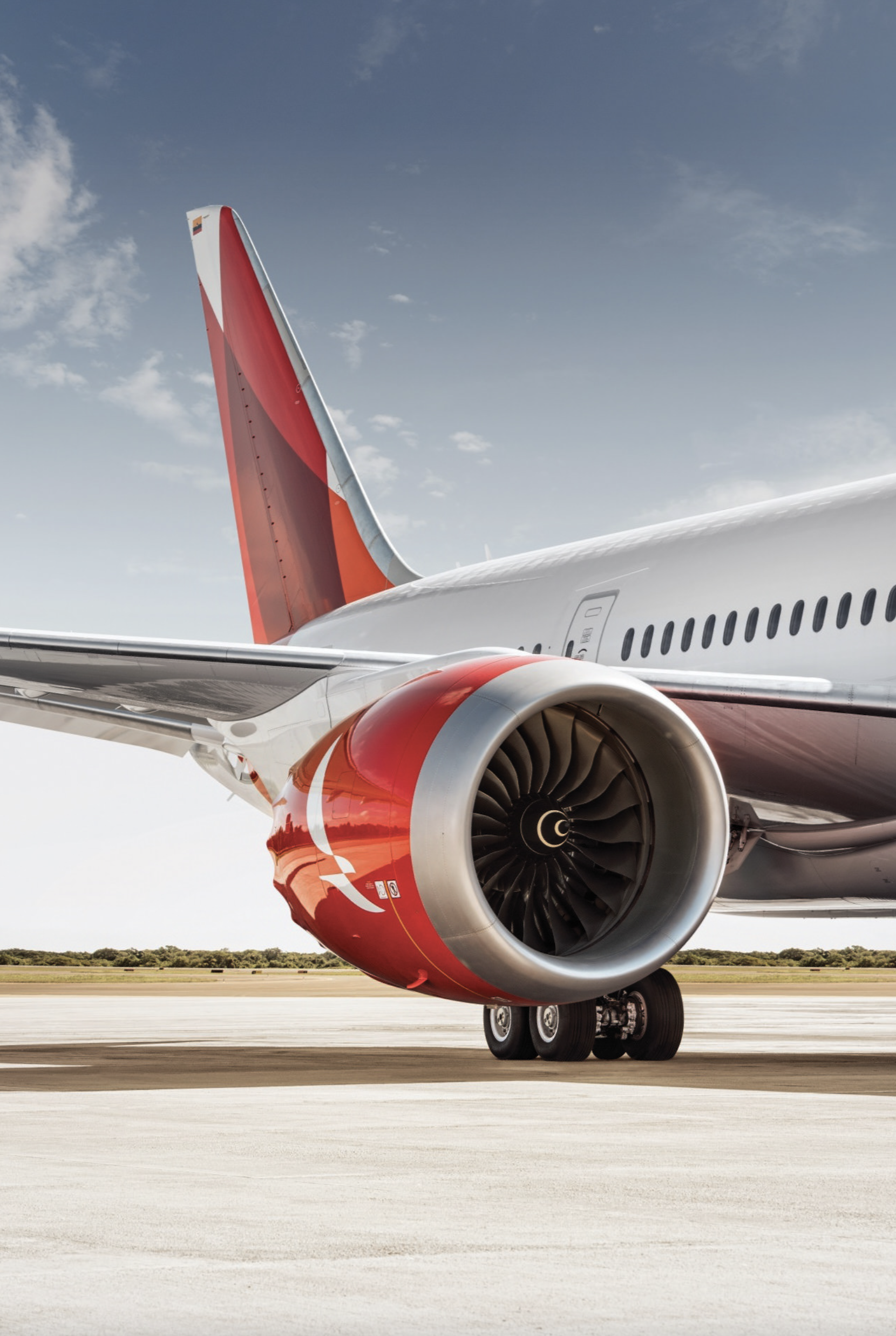Qantas Group CEO, Alan Joyce, revealed the new design together with the new Business Suites and Economy seats that will feature on the B787 to a hangar of around 1,000 employees and guests in Sydney. “Since the image of a kangaroo first appeared on a Qantas aircraft more than 80 years ago, it’s come to represent the spirit of Australia. When passengers see the Qantas tail at airports around the world, it’s a symbol of home,” said Mr Joyce. “We wanted to make sure our brand remained familiar but we also wanted it to be more modern and dynamic, like the 787 and like Qantas. When we looked at the history, we found that the logo has been updated around the time of a game-changing new aircraft joining the fleet. It’s a tradition that goes back to the Lockheed Constellation in 1947, the B747-300 in 1984 and the A380 in 2007. A fresh brand helps symbolise the new era Qantas is entering as we head towards our centenary. It’s an era of new destinations, new technology and a new standard of service,” added Mr Joyce.
The latest incarnation of the image was overseen by Qantas consultant designer Marc Newson, in partnership with Australian design agency Houston Group. Marc has been an important part of Qantas’ design team for many years now, having a hand in the design of Qantas’ lounges, the A380 cabin and the popular Business Class Skybed - “Aircraft tails are fantastic canvas to work on and the Qantas logo is one of the most recognisable in the world. This re-design aims to retain the fundamental essence of the flying kangaroo but also move the brand forward. This new brand is more streamlined and the shading behind the kangaroo gives a better sense of movement and depth. A silver band now extends from the tail to the rear of the fuselage, to give a more premium feel. The typography for the word Qantas, which measures almost two metres high on the 787, has been carefully streamlined. And Qantas will appear on the aircraft’s belly, so you can tell when it’s the national carrier flying overhead,” Mr Newson added.




